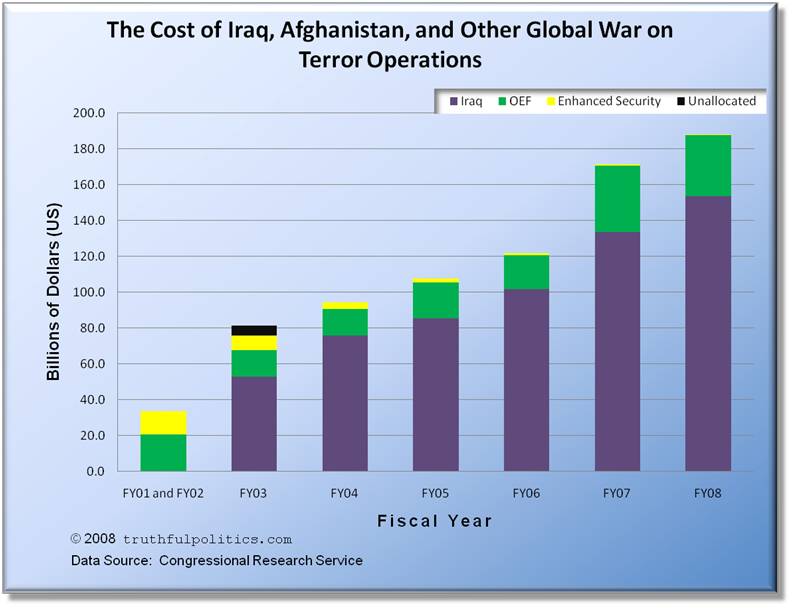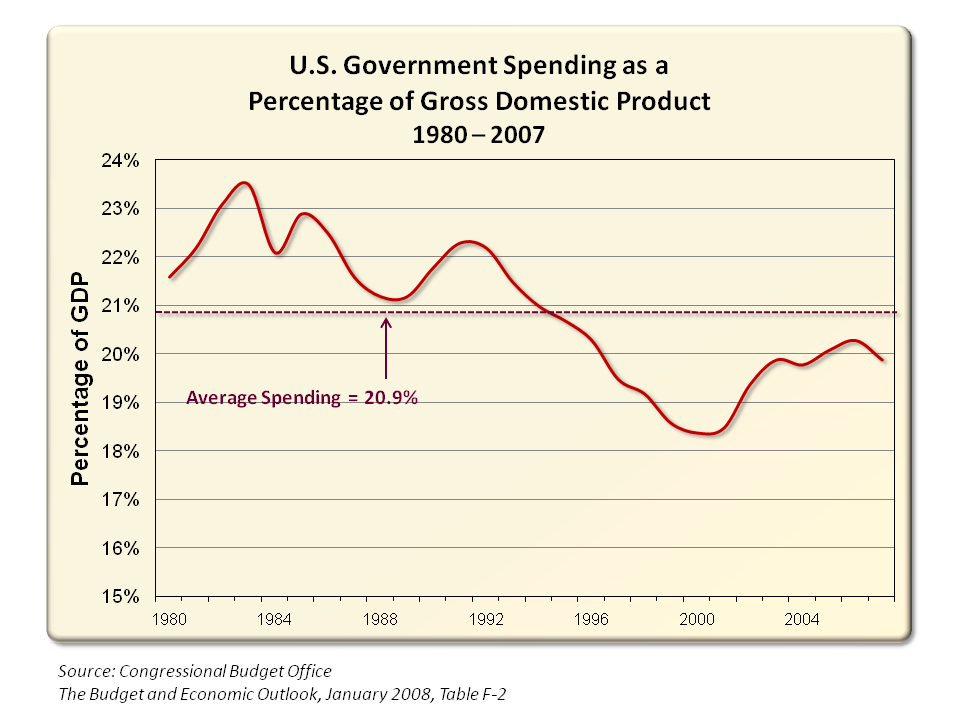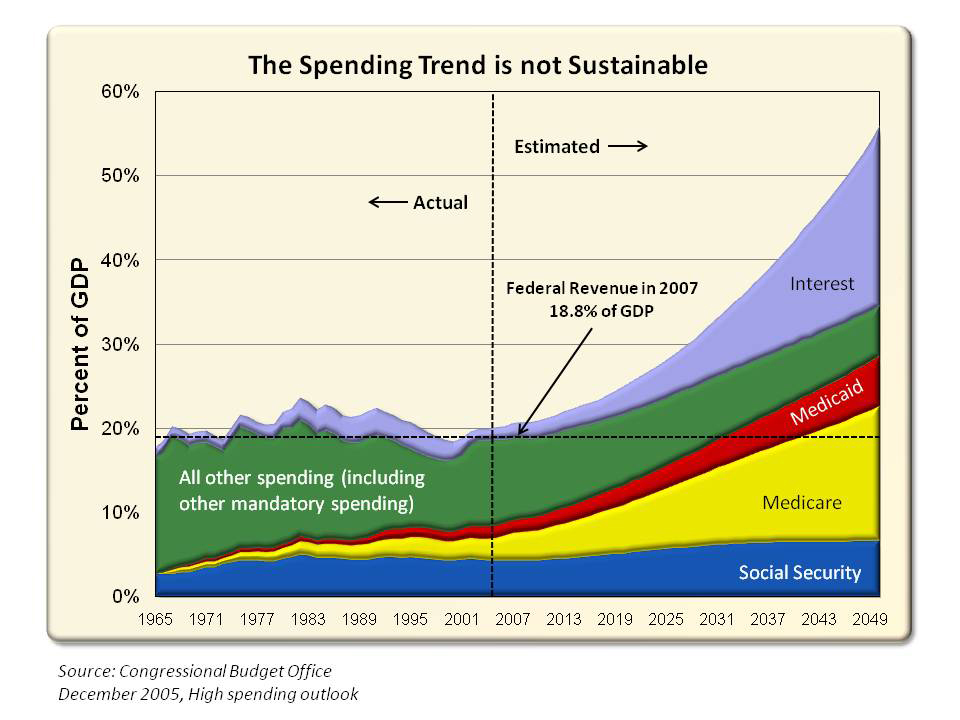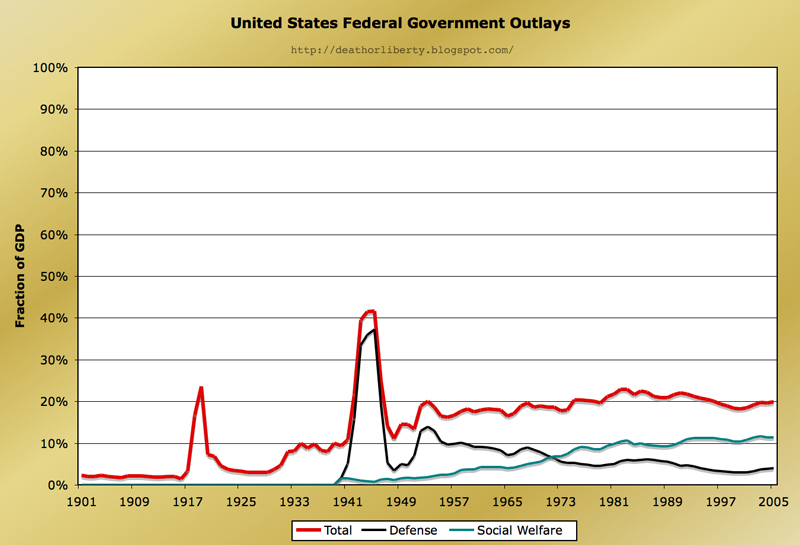
The numbers in parentheses next to country names indicates the amount of those respective countries’ military spending in billions of U.S. dollars. For example, The Netherlands (16) means The Netherlands spends $16 billions dollars in military spending.
The chart on the left is from the War Resisters League website. Additional information can be accessed on U.S. Military Spending vs. The World.
The SIPRI Yearbook 2007: Armaments, Disarmament and International Security stated the following:
“World military expenditure continued to increase during 2006. This upward trend is attributable primarily to the USA, which accounted for 62 per cent of the total increase in world military expenditure and 46 per cent of total world
military spending in 2006.” It continued, “In Europe total military expenditure has been relatively stable in recent years. In both East Asia and the Middle East, increasing financial resources has been decisive in driving military expenditure upwards. China is the prime example of a country where a booming economy, amongst other factors, has allowed a steep rise in military expenditure. In both South America and Eastern Europe, military expenditure has been increasing partly because of modernization and re-equipment of the armed forces.”
To read the entire yearbook, click on Armaments, Disarmament and International Security.











